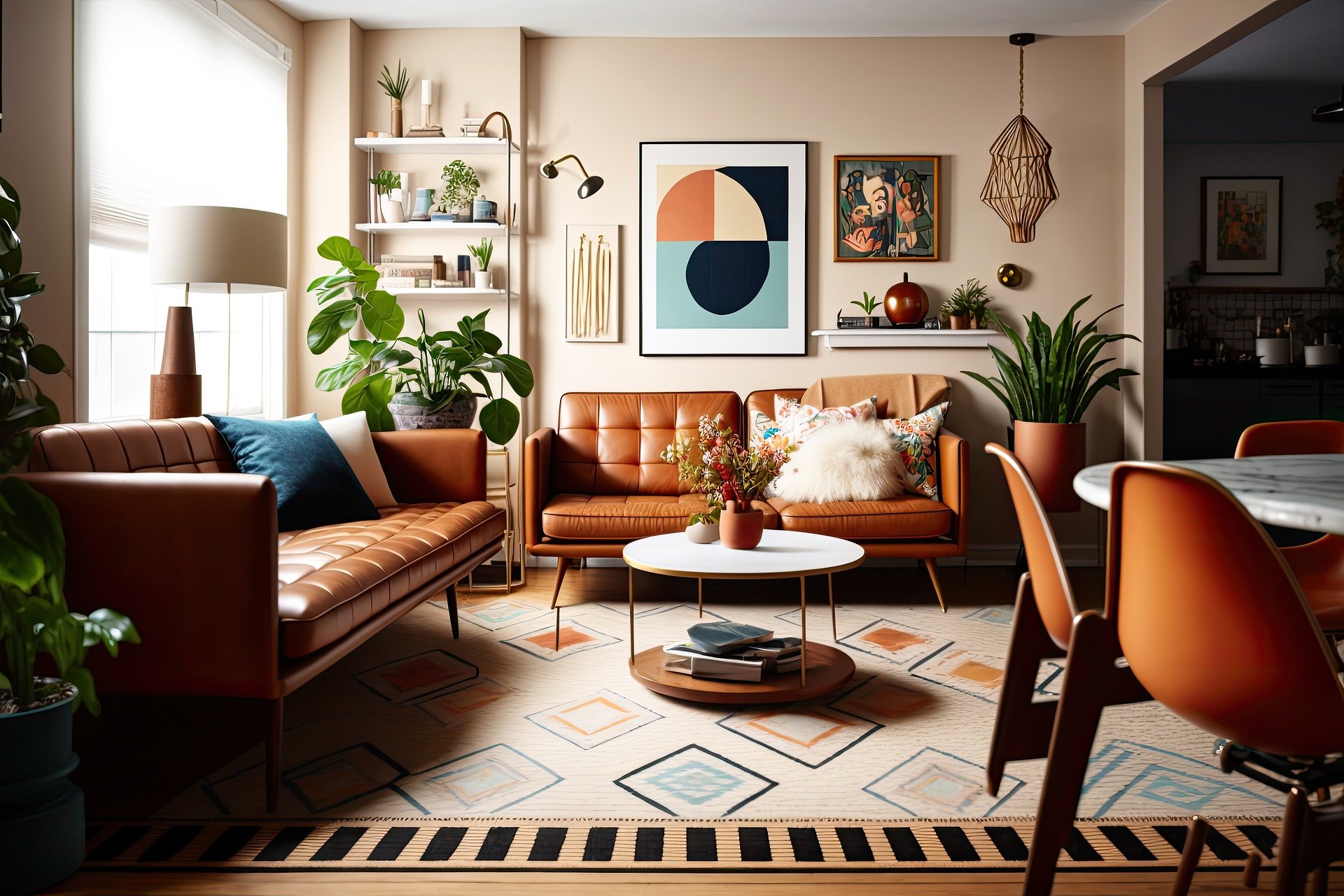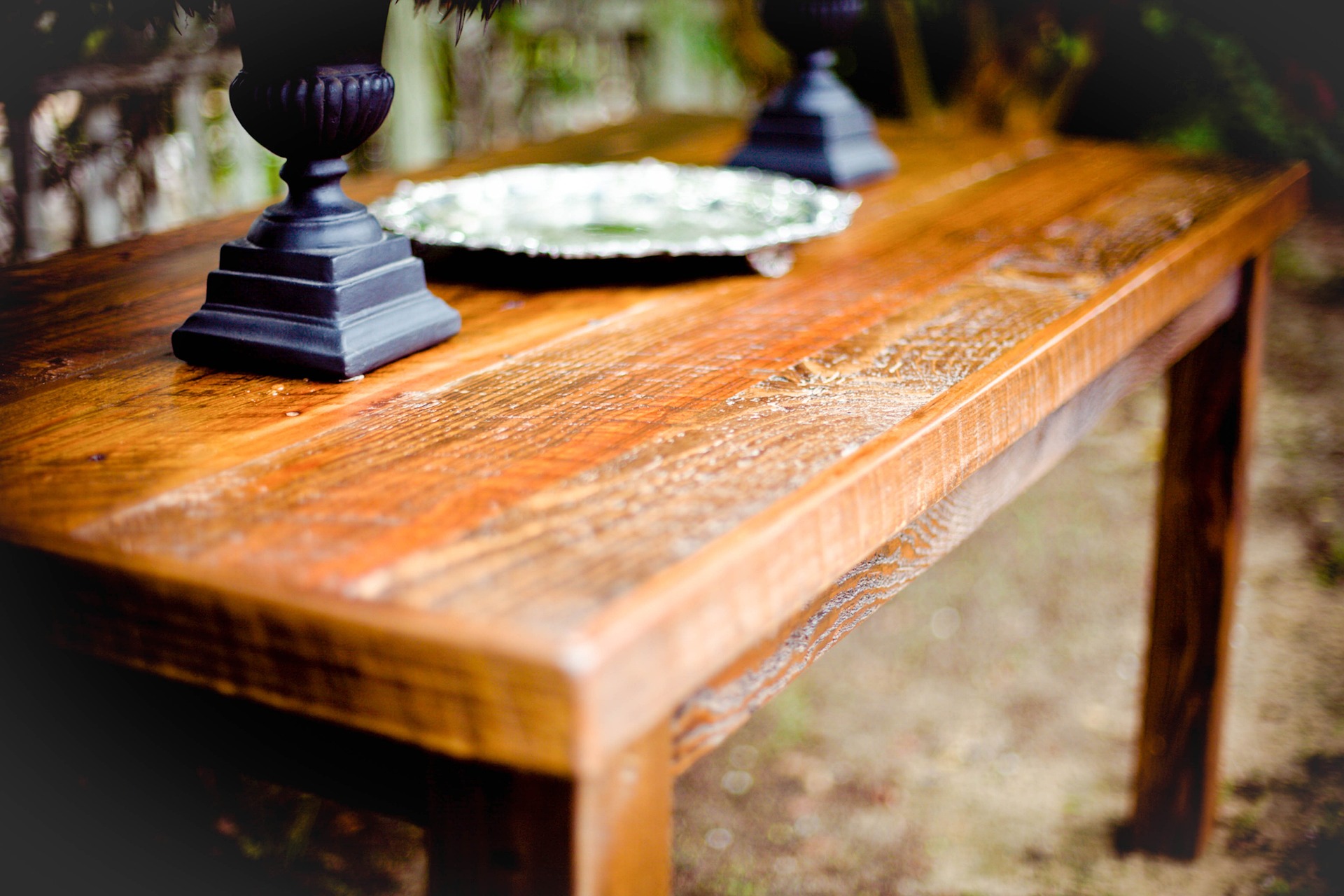Wabi-Sabi Aesthetics: Embracing Imperfection in Home Design
The quest for perfection in home design often leads to sterile, uninspiring spaces that lack character and soul. Enter wabi-sabi, a Japanese philosophy that celebrates the beauty of imperfection, transience, and incompleteness. This ancient concept is making waves in modern interior design, offering a refreshing counterpoint to the polished minimalism that has dominated recent trends. As homeowners seek more authentic and lived-in spaces, wabi-sabi provides a framework for creating environments that are both serene and deeply personal.

The Origins and Principles of Wabi-Sabi
Wabi-sabi emerged in 15th century Japan as a reaction to the prevailing aesthetic of opulence and perfection. The term combines two concepts: wabi, which refers to rustic simplicity and a sense of humility, and sabi, which embodies the beauty that comes with age and wear. Together, they form a worldview that appreciates the impermanent nature of all things and finds beauty in the modest and imperfect.
In design terms, wabi-sabi manifests through several key principles:
-
Simplicity: Embracing clean lines and uncluttered spaces, but without the clinical feel of minimalism.
-
Asymmetry: Favoring organic shapes and irregular patterns over perfect symmetry.
-
Roughness: Appreciating textures and surfaces that show signs of use or natural aging.
-
Economy: Using materials efficiently and valuing objects for their utility as well as beauty.
-
Austerity: Finding beauty in simplicity and understatement rather than extravagance.
Incorporating Wabi-Sabi into Your Home
Bringing wabi-sabi into your living space doesn’t require a complete overhaul. It’s about shifting your perspective and making small, thoughtful changes that add depth and character to your home. Here are some ways to embrace the wabi-sabi aesthetic:
-
Embrace natural materials: Opt for raw, unfinished woods, stone, and clay. These materials age beautifully and develop a patina over time that adds to their charm.
-
Choose handmade over mass-produced: Handcrafted items bring a sense of uniqueness and imperfection that’s central to wabi-sabi. Look for ceramics, textiles, and furniture made by local artisans.
-
Let things age gracefully: Instead of replacing items at the first sign of wear, allow them to show their history. A well-worn leather chair or a faded rug can add character to a room.
-
Incorporate nature: Bring the outside in with plants, dried flowers, or branches. These elements add life to a space and remind us of the changing seasons.
-
Play with asymmetry: Avoid perfectly matched sets or symmetrical arrangements. Mix and match furniture and decor to create a more organic feel.
The Color Palette of Wabi-Sabi
While wabi-sabi doesn’t prescribe a strict color scheme, it typically leans towards muted, earthy tones that evoke a sense of calm and connection to nature. Think soft greens, warm browns, gentle grays, and creamy whites. These colors create a serene backdrop that allows the textures and imperfections of your space to shine.
When selecting paint or textiles, look for colors that appear slightly faded or weathered. This doesn’t mean your space should feel dull – pops of deeper color can add depth and interest, especially when they come from natural sources like a rich wooden table or a vibrant houseplant.
Wabi-Sabi in the Digital Age
In our increasingly digital world, the principles of wabi-sabi offer a much-needed antidote to the pursuit of pixel-perfect living. As we curate our lives for social media, there’s a growing appreciation for spaces that feel authentic and lived-in rather than staged and artificial.
This shift is reflected in the rise of slow design movements and a renewed interest in traditional crafts. Homeowners are seeking out unique, imperfect pieces that tell a story, whether it’s a vintage find from a flea market or a modern piece with deliberate imperfections.
Technology can play a role in a wabi-sabi-inspired home, but it should be integrated thoughtfully. Consider hiding screens when not in use, or choosing devices with natural materials and finishes that blend seamlessly with your decor.
The Psychological Benefits of Wabi-Sabi Spaces
Beyond its aesthetic appeal, wabi-sabi can have profound effects on our well-being. In a world that often feels chaotic and overwhelming, a wabi-sabi-inspired home offers a sanctuary of calm and acceptance. By surrounding ourselves with objects and spaces that embrace imperfection, we’re reminded to be gentler with ourselves and to find beauty in life’s fleeting moments.
Research has shown that environments that incorporate natural elements and textures can reduce stress and improve overall well-being. The simplicity and lack of clutter in a wabi-sabi space can also help clear the mind and promote relaxation.
Wabi-Sabi: A Sustainable Approach to Design
In an era of fast fashion and disposable decor, wabi-sabi offers a more sustainable alternative. By valuing items that age well and improve with use, we’re encouraged to consume less and cherish what we have. This philosophy aligns perfectly with the growing movement towards eco-conscious living and slow design.
Wabi-sabi encourages us to repair rather than replace, to find beauty in what already exists rather than constantly seeking the new. This approach not only reduces waste but also creates homes with depth, history, and true character.
As we move forward in uncertain times, the principles of wabi-sabi remind us to find peace in impermanence and beauty in the everyday. By embracing this ancient philosophy in our modern homes, we create spaces that are not just aesthetically pleasing, but deeply comforting and authentically our own.





